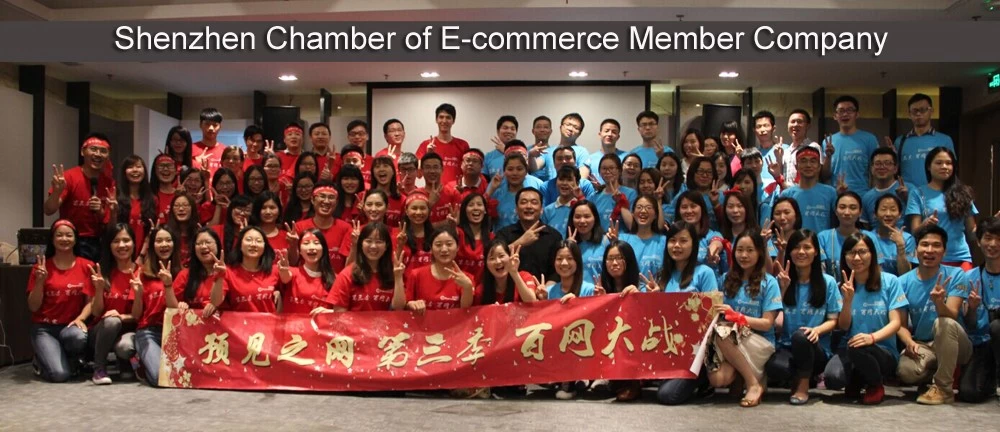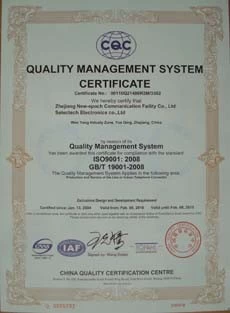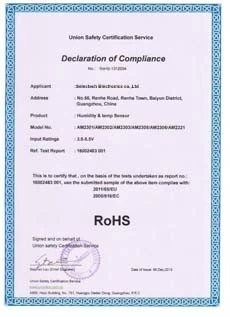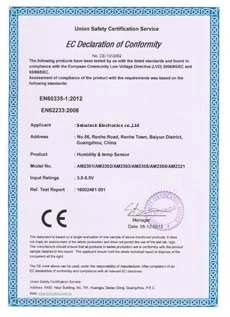Foreign media: Liaoning Dandong went to the DPRK to warm up.
selectech
http://news.163.com/18/0806/10
2018-08-06 10:43:59
Reuters reported on August 3rd that the original title: North Korea or the hope of implementing economic reforms is stimulating the Chinese to travel to the DPRK to increase the North Korean state's focus on nuclear weapons to economic development, is in Dandong (subject to US sanctions against the DPRK) The border between China and the DPRK, which has been hit hard, has triggered cautious optimism. The city's tourism agencies have said that tourists from all over China have increased their interest in North Korea in recent weeks, further pushing up the already prosperous business season in the DPRK.
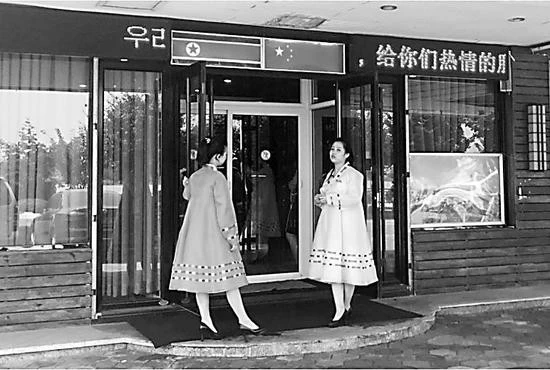
The industry believes that the economic reform plan announced by the DPRK and the warming of relations between Pyongyang and Beijing are the driving force behind this tourism boom. Teng Yi, a tour guide who took the group to Pyongyang, said: "Those who have long been interested in visiting North Korea may think that it is safer now than before."
Dandong’s travel agency said that the “half-day tour” and “one-day tour” of North Korea’s Sinuiju, which is adjacent to the city, were booked in an hour. In addition, although the capacity has been increased by increasing the number of trains and coaches, the trips to Pyongyang and Panmunjom’s Armistice Village before the end of this month have all been booked.
UN sanctions have made tourism one of the few sources of reliable foreign exchange earnings in North Korea. China has not yet released statistics on the country’s citizens’ travel to the DPRK since 2013, but the Korea Think Tank Maritime Research Institute estimates that the tourism industry generates US$44 million annually for North Korea, and Chinese tourists account for about 80% of foreign tourists to the DPRK.
At the same time, most of Dandong's traders and merchants continue to adopt a pragmatic “wait and see” attitude. Sanctions have put pressure on Dandong traders who are engaged in bulk commodities such as coal and local factories and restaurants that employ North Korean workers.

The industry believes that the economic reform plan announced by the DPRK and the warming of relations between Pyongyang and Beijing are the driving force behind this tourism boom. Teng Yi, a tour guide who took the group to Pyongyang, said: "Those who have long been interested in visiting North Korea may think that it is safer now than before."
Dandong’s travel agency said that the “half-day tour” and “one-day tour” of North Korea’s Sinuiju, which is adjacent to the city, were booked in an hour. In addition, although the capacity has been increased by increasing the number of trains and coaches, the trips to Pyongyang and Panmunjom’s Armistice Village before the end of this month have all been booked.
UN sanctions have made tourism one of the few sources of reliable foreign exchange earnings in North Korea. China has not yet released statistics on the country’s citizens’ travel to the DPRK since 2013, but the Korea Think Tank Maritime Research Institute estimates that the tourism industry generates US$44 million annually for North Korea, and Chinese tourists account for about 80% of foreign tourists to the DPRK.
At the same time, most of Dandong's traders and merchants continue to adopt a pragmatic “wait and see” attitude. Sanctions have put pressure on Dandong traders who are engaged in bulk commodities such as coal and local factories and restaurants that employ North Korean workers.





